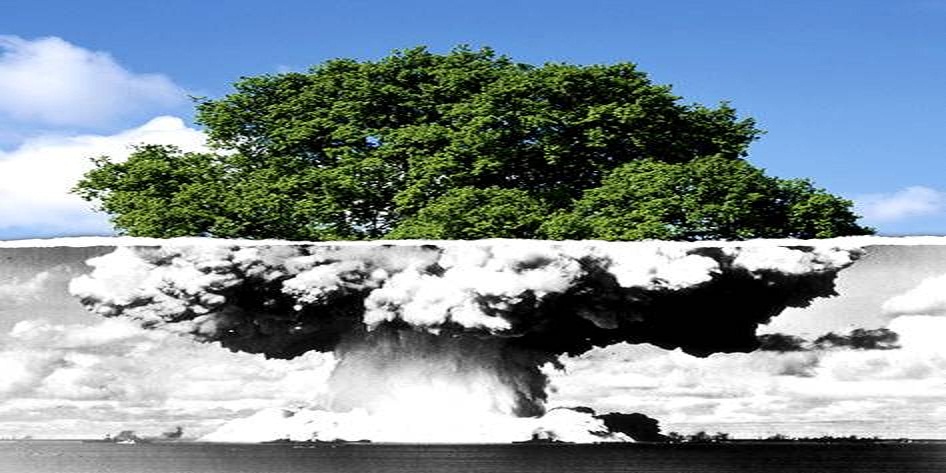Women Working in the Nuclear Field
Woman Pioneers in the Nuclear Sciences
Famous Women in Nuclear Science

"Each of us must work for our own improvement, and, at the same time, share a general responsibility for all humanity, our particular duty being to aid those to whom we think we can be most useful." -- Marie Curie (1867-1934)
The 20th century saw women struggle for recognition as scientists and nuclear engineers, some with notable success. Perhaps most famous is Marie Curie, who helped to give birth to nuclear science. She was a working mother who opened the science of radioactivity to the world. For her discoveries, she became the first person ever to receive two Nobel Prizes. Scientist, mother, woman, wife, leader - her work changed our understanding of energy and matter and brought about a new era in medical research and treatment.
Another great discovery was made by Lise Meitner, who helped to discover nuclear fission. Berta Karlik, Ida Noddack and Marguerite Perey helped to plug the gaps in the periodic table by discovering missing elements, while Maria Goeppert Mayer was part of a key nuclear modelling team.
The talents, skills and intellect of Harriet Brooks, Fanny Gates, and Chen Shiung Wu were among other great women nuclear physicists from the early 20th century whose work contributed to our understanding of nuclear technology. A more recent figure and Nobel prize winner is Rosalyn Yallow, who developed a radiation technique known as radioimmunassay which revolutionized medical analysis. For a detailed look at the contributions of women to physics visit the Physics Website of the University of California - Los Angeles in the USA.
Despite considerable progress made by women and girls in science and technology, studies today show that too many women still feel they learn and work in unfriendly or hostile environments and other technological workplaces. See what is being done at the international level to help.
Marie Curie, the "Mother" of Nuclear Science
- 1867 : Born in Warsaw, Poland then controlled by czarist Russia. As a student Curie is banned from her hometown university because she is a woman. Instead she attends a "floating university" - an illegal night school whose students meet in changing locations to evade the watchful eyes of the czarist authorities.
- 1891 : Enrols at the Sorbonne University in Paris, where 15 years later she becomes the first female lecturer, professor and laboratory head.
- 1903 : Curie is jointly awarded the Nobel Prize for Physics with her husband Pierre and Henri Becquerel for discovering radioactivity.
- 1911 : Wins an unprecedented second Nobel Prize (this time in chemistry) for her discovery of radioactive elements polonium and radium.
- 1934 : Dies of leukaemia probably from exposure to the radium that made her famous. Visit the American Institute of Physics website for an in-depth profile.
Photo: Marie Curie (courtesy of the American Institute of Physics).

0 comments:
Post a Comment